Photo:Objective ImageWant to save money on designer furniture? No problem! For example, type Barcelona chair into any search engine, and you will be bombarded with hundreds of online store addresses selling furniture by Ludwig Mies van der Rohe. You shouldn't be surprised by the number of offers - the Barcelona chair is considered one of the main icons of 20th century design. What's strange is the huge range of prices, which range from $600 to $6,000. Of course, the temptation to get a cult model for "ridiculous" money is very great. But first, you should think about it: why do the prices on the price tags differ by an order of magnitude? Online retailers explain this by the lack of overhead costs. But there is another version: the furniture offered cheaply is made from second-rate raw materials in semi-underground factories. In other words, they are trying to foist a fake on you - low-quality and short-lived. Not only is such a purchase unlikely to bring you joy, - take into account the ethical side of the issue. Due to the fault of the manufacturer of "pirated" products, designers (or their successors) are left without a well-deserved fee, and honest manufacturers find themselves on the verge of bankruptcy. As a result, there is less and less good furniture! Of course, a true connoisseur of design will not indulge in scammers. Fortunately, it is not so difficult to expose them. In this material, you will find a list of designer objects that are most often illegally copied. And also "signs that will allow you to distinguish an authentic item from a "pirated" fake.
Barcelona chair
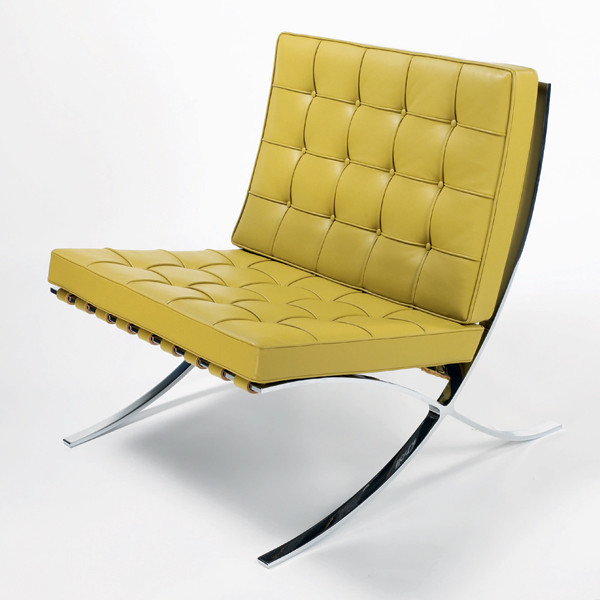 How to identify a fakeDesigner:Ludwig Mies van der RoheManufacturer: KnollHistory Architect and designer Ludwig Mies van der Rohe said that designing a good chair is more difficult than building a skyscraper. We would not be wrong if we called the Barcelona chair his calling card. This object was created in 1929 for the German pavilion, which Mies van der Rohe designed for the International Exhibition in Barcelona. The chair’s star status was initially inherent - it was designed specifically for the Spanish monarch Alfonso XIII, who sat on it during an official reception. In 1950, the designer slightly modified the design of the "Barcelona", replacing the bolted metal legs with seamless steel tubes.How to recognize the original
How to identify a fakeDesigner:Ludwig Mies van der RoheManufacturer: KnollHistory Architect and designer Ludwig Mies van der Rohe said that designing a good chair is more difficult than building a skyscraper. We would not be wrong if we called the Barcelona chair his calling card. This object was created in 1929 for the German pavilion, which Mies van der Rohe designed for the International Exhibition in Barcelona. The chair’s star status was initially inherent - it was designed specifically for the Spanish monarch Alfonso XIII, who sat on it during an official reception. In 1950, the designer slightly modified the design of the "Barcelona", replacing the bolted metal legs with seamless steel tubes.How to recognize the original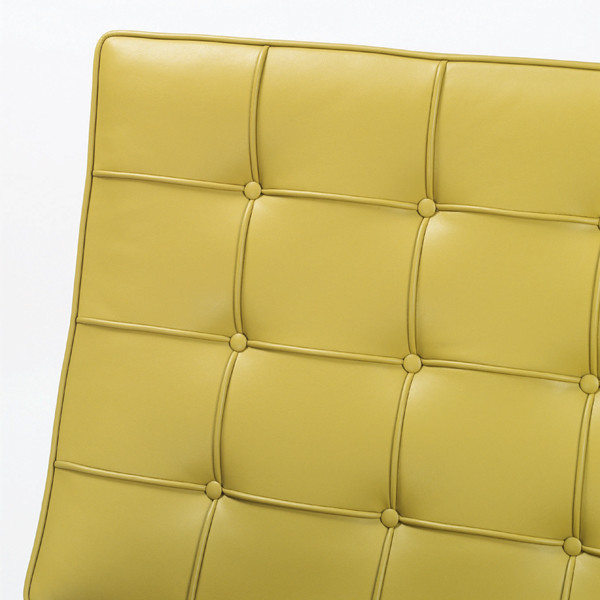
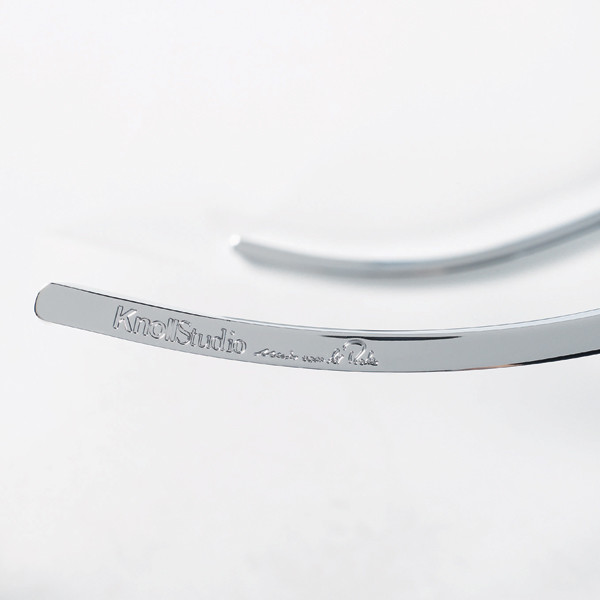
- In seats made no more than 12 years ago, onThe right rear leg has the mark of Ludwig Mies van der Rohe and the Knoll Studio logo. They are also assigned a serial number, which is indicated at the fork between the right legs.
- The back of the back is slightly rounded and slightly protrudes above the frame. In counterfeit cases, the back is rectangular, too thick and rises about 5 cm above the frame.
- The size of the buttons is slightly smaller than a 50-kopeck coin.
- The back and seat are made from 126 pieces of leather,sewn by hand. Along the seams is edging. In making copies, one large piece of leather is usually used, and the characteristic checkered pattern is achieved through folds; cantik is often absent.
- The ribs on the perimeter of the backrest and the seat have no seams.
- Between the back and the frame there are no visible fasteners (buckles, straps, etc.).
Tulip Chair
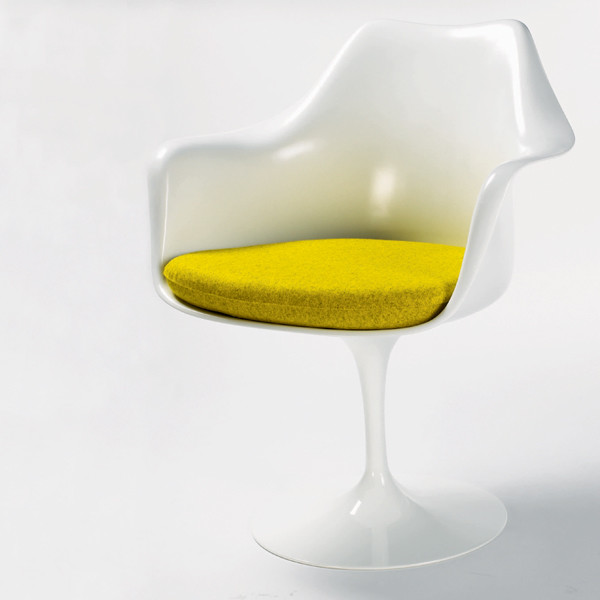 Designer: Eero SaarinenManufacturer:KnollHistoryWhen developing the Tulip collection (which also included tables), Eero Saarinen conceived of "from the thicket of furniture legs". Florence Knoll, a close friend of the designer and the owner of the Knoll brand, which still produces his furniture, helped him implement this project. Tulip, which appeared in 1956, amazed with its "cosmic" outlines and in many ways anticipated further experiments with new materials.How to recognize the original
Designer: Eero SaarinenManufacturer:KnollHistoryWhen developing the Tulip collection (which also included tables), Eero Saarinen conceived of "from the thicket of furniture legs". Florence Knoll, a close friend of the designer and the owner of the Knoll brand, which still produces his furniture, helped him implement this project. Tulip, which appeared in 1956, amazed with its "cosmic" outlines and in many ways anticipated further experiments with new materials.How to recognize the original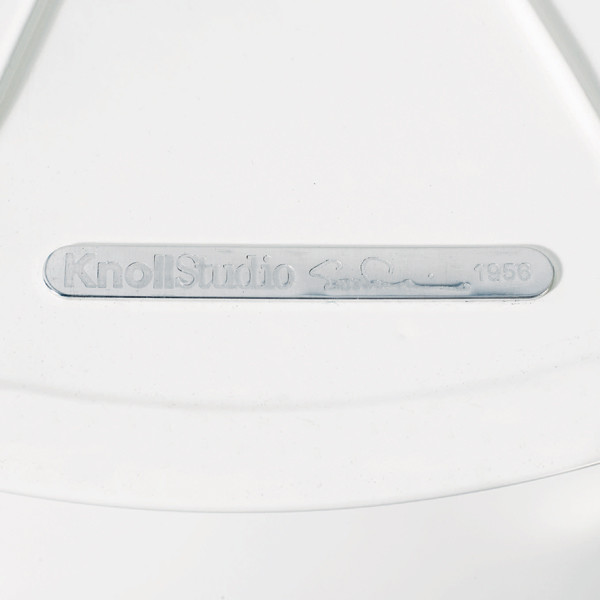
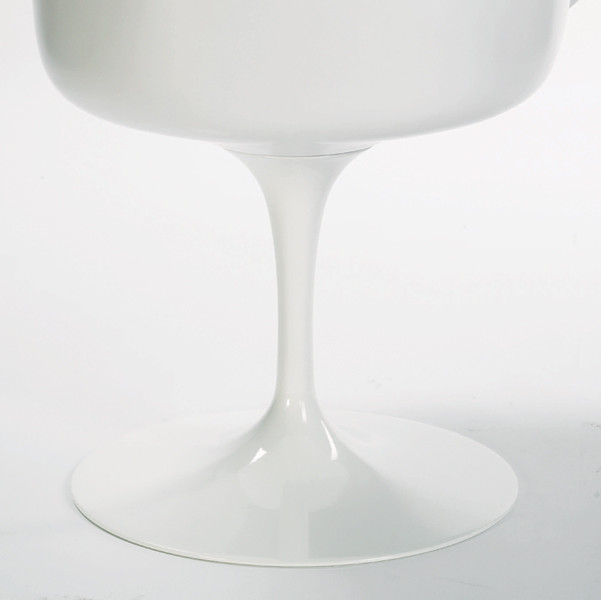
- Knoll logo is stamped on the base of the chair. The chairs, released more than five years ago, have an aluminum die with the inscription: Knoll Studio, Eero Saarinen 1956.
- The originals have a plastic-covered cast aluminum base and a fiberglass back*. The fakes are usually entirely cast in plastic.
Eames Lounge Chair 670 and Ottoman Footstool 671
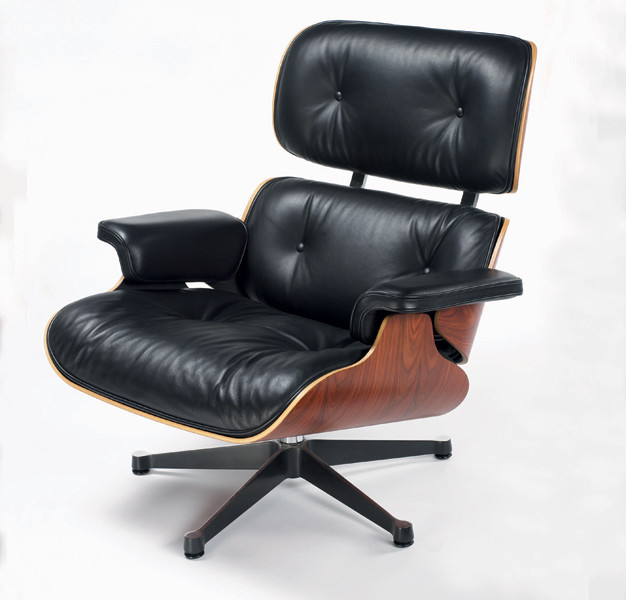 Designers: Ray and Charles EamesManufacturers:In Europe - Vitra, in the USA - Herman MillerHistoryThe Eameses began experimenting with plywood back in the 1940s. Their first creation was splints for the wounded, then the LCW chair and, finally, the Lounge chair, which was released in 1956. (If desired, it can be supplemented with a footstool.) When developing this model, the Eameses were inspired by the image of an old baseball glove.How to recognize an original
Designers: Ray and Charles EamesManufacturers:In Europe - Vitra, in the USA - Herman MillerHistoryThe Eameses began experimenting with plywood back in the 1940s. Their first creation was splints for the wounded, then the LCW chair and, finally, the Lounge chair, which was released in 1956. (If desired, it can be supplemented with a footstool.) When developing this model, the Eameses were inspired by the image of an old baseball glove.How to recognize an original
- On the frame of the chair there is a stamp Vitra and Ehms's autograph.
- Real chairs have five legs. Most fakes have only four.
- The frame of the seat consists of three plywood elements: the upper and lower parts of the backrest, as well as the seat.
Panton chair
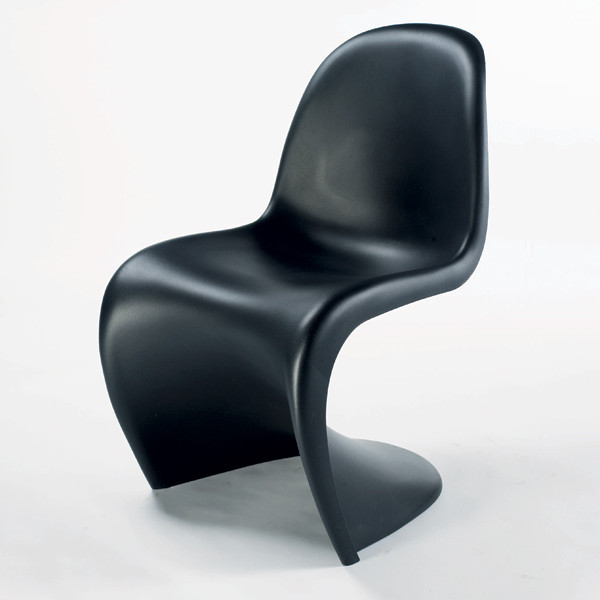 Designer: Verner PantonManufacturer:VitraHistoryThe idea for this object came to Panton in 1957, but the first batch of chairs appeared only ten years later - it took the designer three years to think over the project, and then Vitra technologists spent five years working on its implementation. The efforts were not in vain - Panton became the world's first chair cast entirely from plastic. Initially, it was made of polyurethane, but now polypropylene is used.How to recognize the original
Designer: Verner PantonManufacturer:VitraHistoryThe idea for this object came to Panton in 1957, but the first batch of chairs appeared only ten years later - it took the designer three years to think over the project, and then Vitra technologists spent five years working on its implementation. The efforts were not in vain - Panton became the world's first chair cast entirely from plastic. Initially, it was made of polyurethane, but now polypropylene is used.How to recognize the original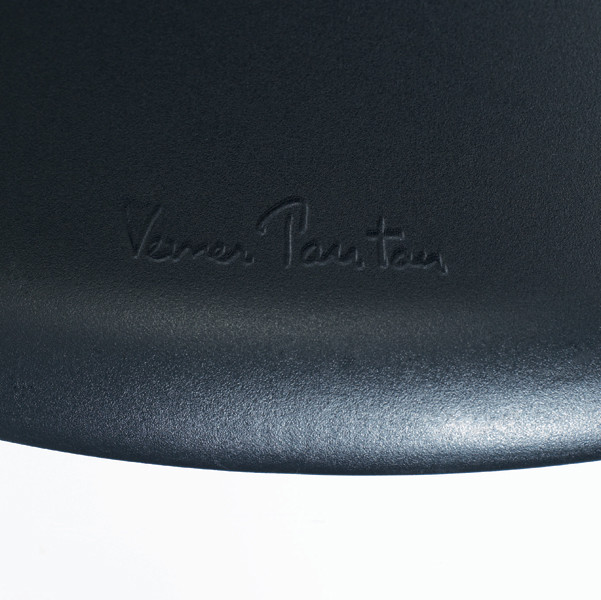
- At the point of contact between the chair and the floor is Panton's bulging autograph.
- At the bend (under the seat) there are "AB" ribs, which give the chair strength.
- Pay attention to the quality of the material - this is often the main difference between fakes and originals.
Coffee table IN-50
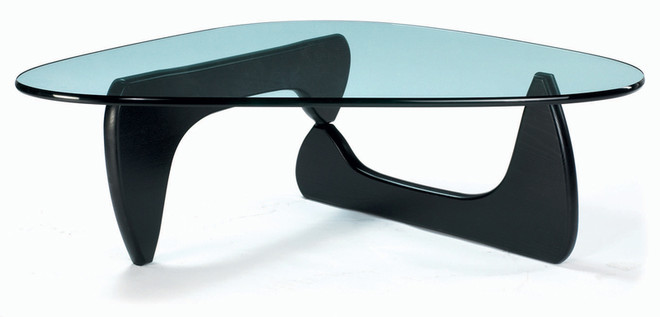 Designer: Isamu NoguchiManufacturer:VitraHistoryFurniture design was not Noguchi's main life's work. A sculptor by education, he was actively involved in sculpture and landscape design. But despite everything, the master's most recognizable creation was a table created in 1944. Its laconic, expressive form suggests that, having lived most of his life in the United States, Noguchi did not forget his Japanese roots.How to recognize an original
Designer: Isamu NoguchiManufacturer:VitraHistoryFurniture design was not Noguchi's main life's work. A sculptor by education, he was actively involved in sculpture and landscape design. But despite everything, the master's most recognizable creation was a table created in 1944. Its laconic, expressive form suggests that, having lived most of his life in the United States, Noguchi did not forget his Japanese roots.How to recognize an original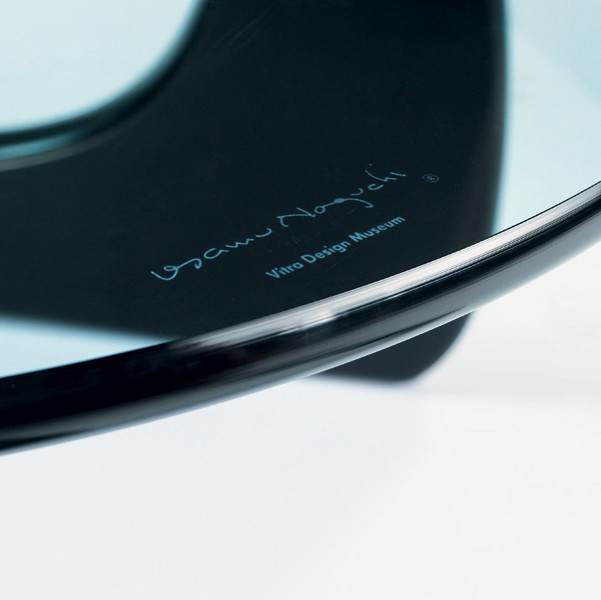
- Since December 2006 an engraving with the autograph of the designer has been made on the glass.
- The glass thickness is 19 mm. The fakes are thinner.
- The edges of the tabletop are carefully polished.









